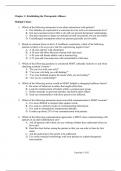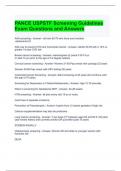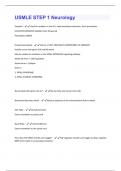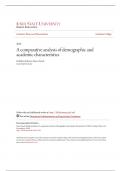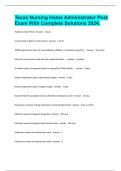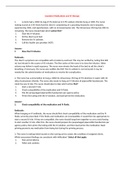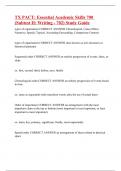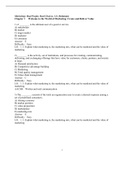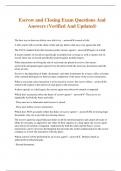Examen
Test Bank for Mobility in Context, 3rd Edition by Charity Johansson
- Cours
- Établissement
Test Bank for Mobility in Context: Principles of Patient Care Skills, 3e 3rd Edition by Charity Johansson, Susan A. Chinworth, Crystal Ramsey. Full Chapters test bank included Moving the Bar: Part 1: Preparing Yourself for Patient–Clinician Interaction 1. Establishing the Therapeutic All...
[Montrer plus]
